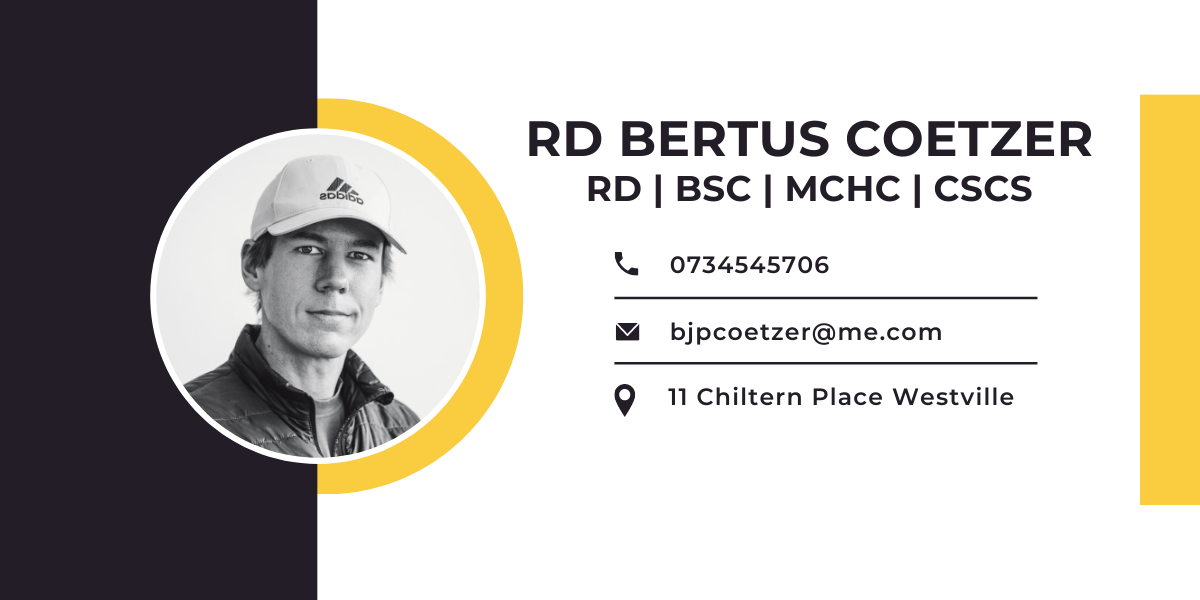The 3 Types of Hunger. Can You Tell Which One You're Feeling?

Ever notice that sometimes you’re really hungry, and other times you just kind of feel like eating? Or maybe you find yourself reaching for a snack after a tough day even if you just had dinner.
These different urges to eat aren’t just random cravings or lack of willpower—they’re all tied to different types of hunger.
Let’s explore real, psychological, and emotional hunger, so you can get a clear picture of what’s driving your appetite and make choices that truly nourish you.
1. Real Hunger: Fuel for Your Body
What it is: Real hunger, sometimes called physical hunger, is your body’s way of saying, “I need fuel!” This hunger usually creeps up slowly, accompanied by stomach grumbles or low energy.
You might feel a bit irritable (aka “hangry”) and maybe even light-headed. When you’re truly hungry, almost any food sounds good, even something as simple as a sandwich.
Practicing awareness: Pay attention to when you last ate and how your body feels. Real hunger often shows up a few hours after your last meal.
To get in touch with it, ask yourself if your stomach feels empty or if you’re low on energy. Try a “hunger check” by rating your hunger on a scale from 1 to 10. If you’re truly hungry, you’ll likely rate at a 7 or higher, with clear physical cues telling you it’s time to eat.
How to deal with it: Honor it! Reach for balanced meals that include a mix of carbs, protein, and healthy fats. These nutrients keep you satisfied longer and give your body the energy it needs.
Also, practice eating mindfully: savor your food and listen for that subtle “I’m full” signal to avoid overeating. When you satisfy real hunger properly, you’re less likely to experience intense cravings later.
2. Psychological Hunger: Mind Tricks and Food Fantasies
What it is: Ever get a sudden craving just because you saw an ad for pizza? Or smell something amazing, and suddenly you can’t think about anything else?
That’s psychological hunger in action. Unlike real hunger, it’s driven by thoughts, senses, and habits rather than physical needs.
Psychological hunger can be triggered by the environment around us—TV ads, the sight of a bakery, or even just boredom.
Practicing awareness: When a craving hits, pause for a second and ask yourself where it’s coming from.
Did you just see or smell something? Are you looking for a distraction or something to do?
Noticing these patterns helps you identify triggers that have nothing to do with your body’s need for energy.
How to deal with it: Distract your mind with something other than food. Try a quick walk, listen to music, or engage in an activity that occupies your hands and mind.
You can also drink a glass of water or try deep breathing to reset your focus.
The goal isn’t to ignore all cravings but to check if what you’re feeling is a genuine need for food or just a passing desire.
3. Emotional Hunger: Feeding Feelings, Not the Body
What it is: Emotional hunger comes on strong and often out of nowhere. This type of hunger is tied to your emotions—like stress, loneliness, or sadness—and can lead to eating for comfort rather than fuel.
Emotional hunger craves specific foods, often sugary, fatty, or salty options, and can be insatiable, leaving you unsatisfied even after eating.
Practicing awareness: Recognizing emotional hunger takes some introspection.
Start by noticing when you reach for food after a stressful meeting, a fight with a friend, or a long day. If you find yourself reaching for snacks that you didn’t consider an hour ago, pause to check in with your feelings.
Ask yourself, “Am I trying to soothe something other than physical hunger right now?”
How to deal with it: Take a step back if you notice you’re emotionally hungry. Try identifying the emotion at play—whether it’s boredom, stress, or sadness—and acknowledge it without judgment. Then, try a non-food comfort, like talking with a friend, journaling, or practicing a few minutes of mindfulness meditation.
If you still feel like eating, choose something nutritious and aim to eat it slowly. Emotional eating isn’t “bad,” but understanding it can help you break the cycle.
Putting It All Together
Distinguishing between these three types of hunger isn’t about denying yourself food; it’s about understanding what you truly need.
Each type of hunger has its own role, and learning to identify them helps you nourish your body and emotions in a balanced way.
Takeaways and Reflection Prompts:
- Identify Your Triggers: What environmental cues (like smells or sights) make you crave specific foods? What emotions tend to trigger hunger for you?
- Practice the Hunger Scale: Next time you’re hungry, try rating it from 1 to 10. Is it real, psychological, or emotional hunger?
- Create a Go-To List of Comforts: List non-food comforts you can turn to when emotional hunger hits, such as calling a friend, taking a walk, or listening to music.
Becoming aware of your body’s hunger signals is a practice that brings you closer to your needs and teaches you to respond with compassion.
By tuning into each type of hunger, you’ll be better equipped to make choices that truly satisfy you, creating a more peaceful, mindful relationship with food.
Stop the Yo-Yo Dieting: 13 Weeks to Lasting Change Starts Now

How can this program help you?
- Understand your hunger: Go beyond the diet trends to discover the real, psychological, and emotional hungers that drive your eating. Learn to recognize them and respond in a way that satisfies, not sabotages.
- Personalized nutrition for real results: Say goodbye to cookie-cutter diets. This program tailors each step to your needs, so you can reach your goals while enjoying food.
- Strengthen the mind-body connection: Develop mindful eating skills and stress management techniques that help you prevent emotional eating and nourish your body.
Don’t let this November pass by without making a lasting change. Why wait until January? Start now, and by year’s end, transform not just your eating habits but your entire approach to health and wellness.
Click here to start your 13-week journey to diet freedom!
Let’s make this November the turning point you’ve been waiting for.
To your health and freedom,
RD Bertus Coetzer
